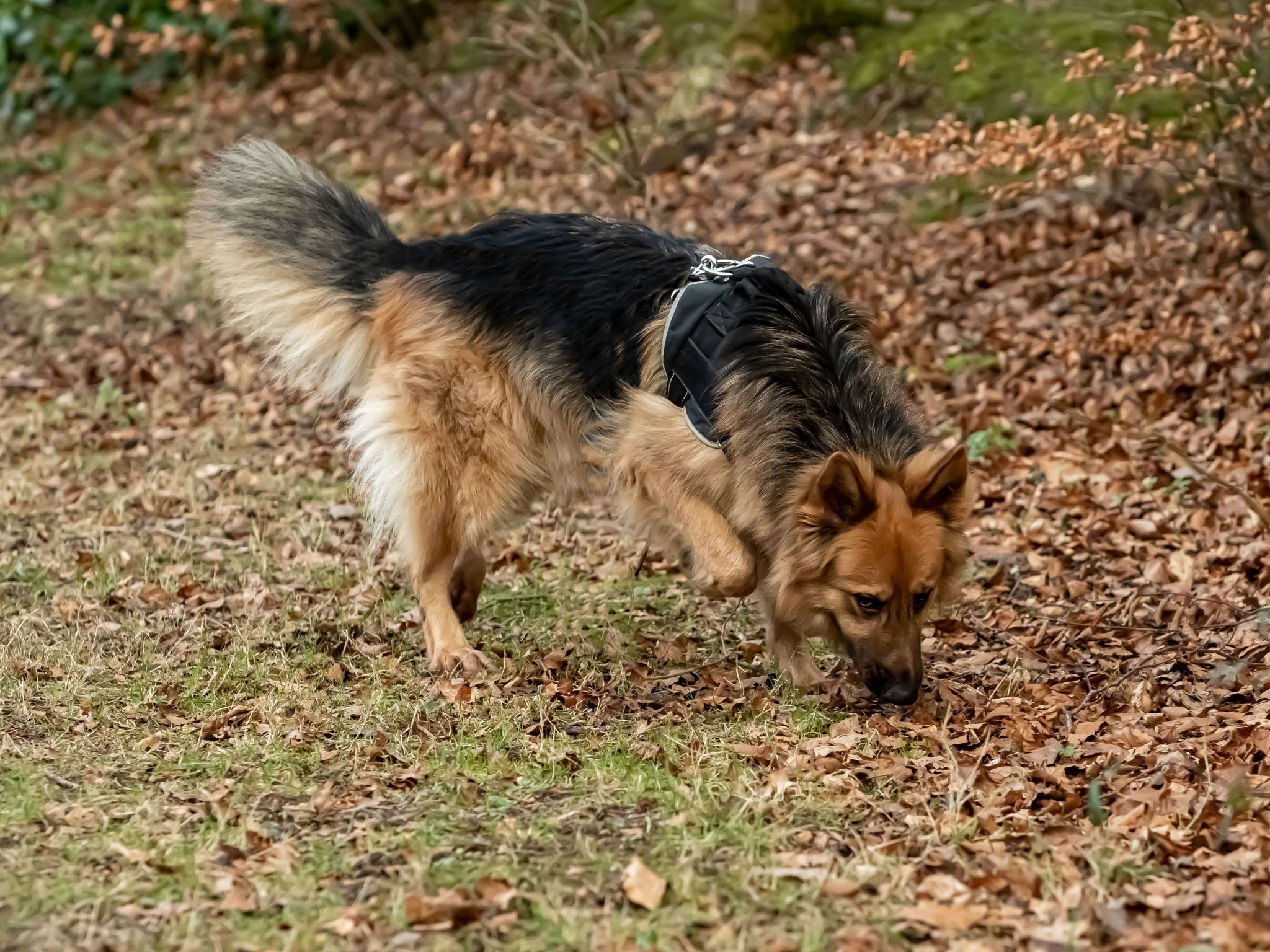The Benefits of Regular Dog Walks and Exercise Plans
LM
The Importance of Regular Dog Walks
Regular dog walks are not just a routine activity; they are essential for maintaining your dog's physical and mental health. Walking your dog daily helps to burn off excess energy, maintain a healthy weight, and stimulate their senses through exploration. Additionally, it provides an opportunity for dogs to relieve themselves, which is crucial for their overall well-being.
Walking also fosters a deeper bond between you and your furry friend. During these walks, dogs get to explore new environments and meet other dogs, enhancing their social skills. Moreover, it reinforces your role as the pack leader, which can improve obedience and behavior.

Physical Health Benefits
Exercise is vital for dogs to maintain a healthy body. Regular walks help to strengthen muscles, support cardiovascular health, and improve joint flexibility. It's particularly beneficial for breeds prone to obesity, as consistent physical activity helps manage weight effectively.
For older dogs or those with joint issues, mild but regular walks can prevent stiffness and maintain mobility. It’s important to tailor the walk intensity and duration to suit your dog's age, breed, and health condition.

Mental Stimulation
Beyond physical health, dog walks provide significant mental stimulation. Exploring different routes exposes dogs to new scents, sights, and sounds, which is crucial for their cognitive development. This mental engagement can reduce stress and decrease the likelihood of destructive behaviors caused by boredom.
Encouraging your dog to sniff around during walks can be incredibly beneficial. Dogs use their sense of smell to gather information about their environment, which is both stimulating and relaxing for them.

Creating an Exercise Plan
Developing a structured exercise plan tailored to your dog's needs can maximize the benefits of regular activity. Begin by setting realistic goals based on your dog's age, breed, and health status. Some dogs may require longer walks or more vigorous play sessions than others.
A balanced exercise plan might include a mix of activities such as walking, running, fetching, and interactive games. This variety not only keeps your dog physically fit but also prevents boredom by providing diverse stimulation.
Monitoring Your Dog's Health
As you implement an exercise plan, it's crucial to monitor your dog's response to ensure they are not over-exerted. Look for signs of fatigue or discomfort, such as excessive panting or limping, and adjust the intensity accordingly. Regular vet check-ups can also help in assessing whether the exercise plan is appropriate for your furry friend.
By prioritizing regular walks and a well-rounded exercise routine, you contribute significantly to your dog's happiness and longevity. A healthy dog is a happy dog, and with consistent effort, you can ensure they lead a fulfilling life.
